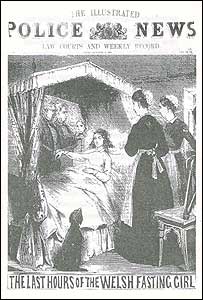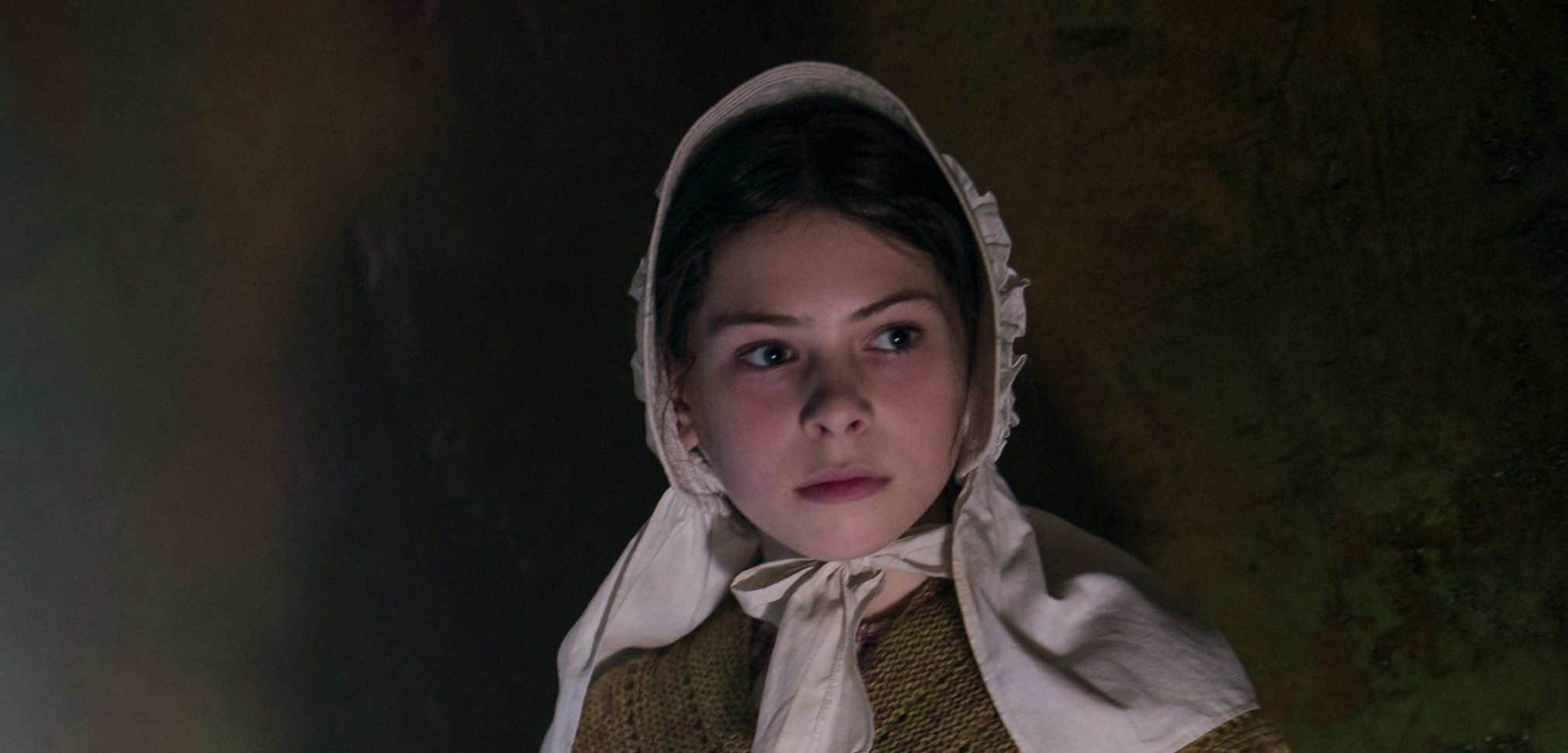Netflix’s period film ‘The Wonder’ revolves around Anna O’Donnell, an Irish girl who lives in a rural village in Ireland and had stopped eating since the day she turned eleven. Anna survives four months without food, garnering the attention of not only the folks of her village but also of the reporters from England. When she is asked how she is surviving without food, Anna replies that she is having manna from heaven. Since Sebastián Lelio’s film is a realistic portrayal of Anna’s life, we couldn’t help but wonder if the character is inspired by a real historical figure. Let us share our findings regarding the same!
Anna O’Donnell is Inspired by the Real-Life Phenomenon of Fasting Girls
Anna O’Donnell is not based on any particular girl. However, Emma Donoghue, the co-screenwriter of the film and the author of the eponymous source novel of the film, was inspired by the real-life phenomenon of fasting girls to conceive the protagonist of her novel. “The Wonder is an invented story, but what inspired it was the very real phenomenon of ‘the fasting girl,’ who claimed – or was said by others – to be able to live without food,” Donoghue told Pan Macmillan. Over the years, especially during the Victorian era, several pre-adolescent girls allegedly survived without food for months.

During her research, Donoghue came across several fasting girls who collectively inspired the author to conceive Anna. “In researching the novel I looked at almost fifty of them [fasting girls], which ranged from Ireland and Britain, to Western Europe, to the USA and Canada, from the 1500s right through to the 1900s,” Donoghue added. The girls were not connected. According to the novelist, they were anywhere from urban Brooklyn to rural Wales.
Like Anna, several fasting girls were heavily influenced by religion. “I’d say the most common link is Christian faith: whether Catholic or Protestant, many of these girls were praised as heroines in the medieval tradition of saints such as Catherine of Siena who were said to have been able to survive lengthy fasts as well as other forms of penance to expiate their sins and those of others,” Donoghue said in the same interview. As the novelist mentioned, expiating others’ sins is an integral part of Anna’s life as well.
One of the fasting girls who resemble Anna is Sarah Jacob. Born in 1857 in Carmarthenshire, Wales, Sarah fell sick in February 1867, which marked the start of her loss of appetite. The last time Sarah ate anything at all, supposedly, was in October of the same year. Like Anna in the film, Sarah became a sensation as newspapers published several stories about “the Welsh Fasting Girl.” Like visitors came to see Anna, several visitors and pilgrims reportedly visited Sarah. They even left coins after their visits, reminding us of how visitors put coins in the poor box placed in the O’Donnell household in the film.

Like Anna, who has watchers, Sarah also has them. She died on December 17, 1869, more than two years after she reportedly refused to eat anything at all in October 1867. Although Sarah’s life does resemble Anna’s, Donoghue doesn’t want to base Anna on the Welsh girl. “I never found one real case that rang that little bell in me, telling me this was the story I had to tell in a novel. Some were too tragic, even for a writer with my dark tastes; Sarah Jacob, for instance, a little girl died while being ‘watched’ by nurses in 1869,” Donoghue added in the same Pan Macmillan interview.
Ultimately, Donoghue wanted to explore womanhood through Anna and her fasting. “I thought it said a lot about what it’s meant to be a girl – in many Western countries, from the sixteenth century right through to the twentieth – that these girls became celebrities by not eating. Paradoxically, they got power – attention, fame, sometimes fortune – by being weak and self-sacrificial, the ultimate in meek femininity,” the author added.
Read More: Is Will Byrne Based on a Real Journalist?


You must be logged in to post a comment.